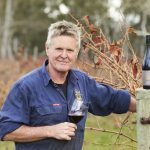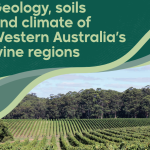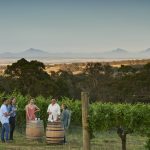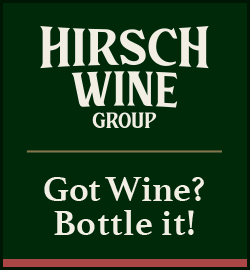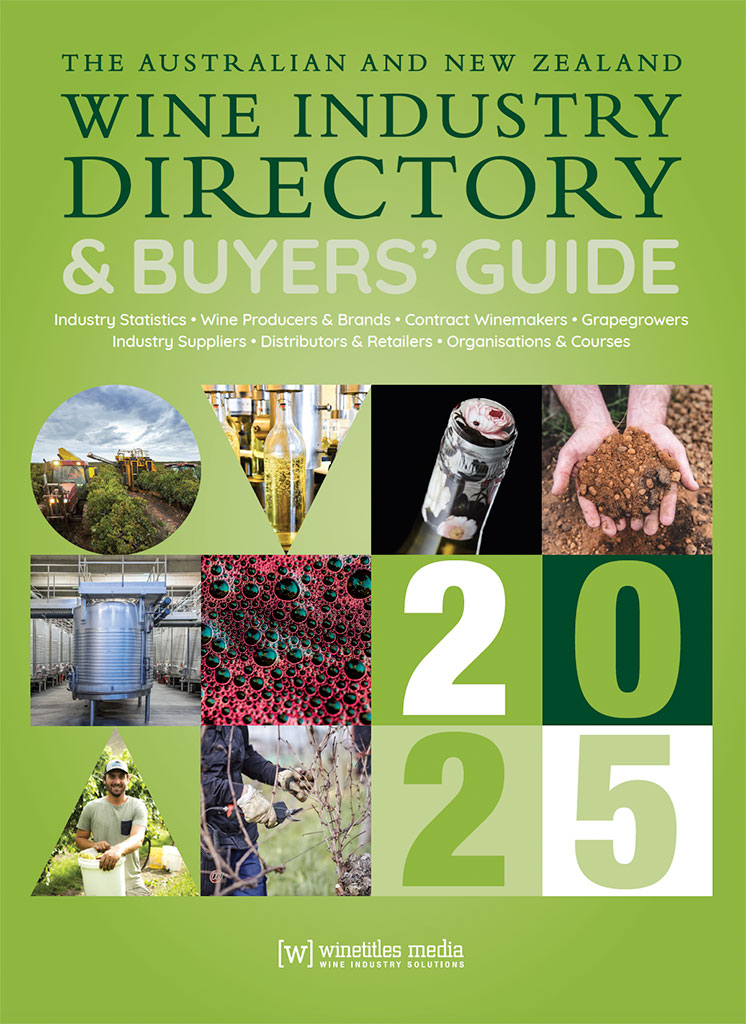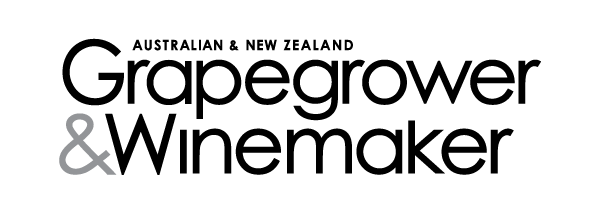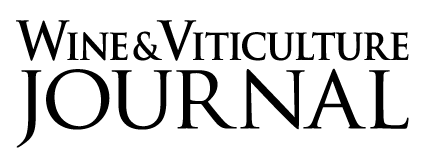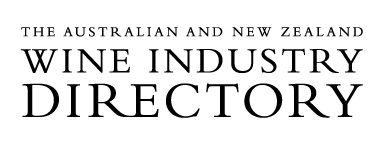By Pippa and Mark Cumbers, Vineyard 28, Geographe, Western Australia
First published in the March/April 2012 issue of the Wine & Viticulture Journal
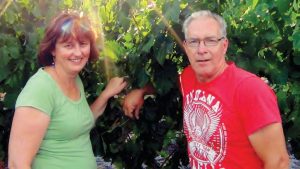
The only Arneis awarded a gold medal at the 2011 Australian Alternative Varieties Wine Show wasn’t made from grapes from the King Valley or the Adelaide Hills as in previous years, but Geographe, in
Western Australia. Pippa and Mark Cumbers explain what led them to plant the variety in the region, which is otherwise known for Semillon, Sauvignon Blanc and Shiraz, and how they’ve managed it in the vineyard to date and their treatment of it in the winery.
Vineyard 28 was established in 1998, with some initial traditional plantings of Sauvignon Blanc, Semillon, Cabernet Sauvignon and Shiraz. It quickly became apparent that to survive in this game and be a commercial success with a small operation, we needed to be a little different. This sent us on a journey to discover what else was out there.
Taking the Nebbiolo route to Arneis
Initially, we took a lot of interest in what others were planting in WA and, at the same time, were also aware of the emergence of alternative varieties being grown in the eastern states. During our explorations, we came upon Earl Happ, of Happs Wines, and discovered he had been pioneering some quite different varieties here in Western Australia. One of those that we particularly liked was Nebbiolo. Earl was fantastic in giving us lots of information and advice about how Nebbiolo grew at his Karridale property. As our vineyard is much further north, he felt we would be well situated to ensure a long, slow growing season for Nebbiolo; as well as sufficient sun hours to ripen. Our first plantings of this were in 2001and 2002. We have half a hectare under vine.
Our first vintage of Nebbiolo was in 2004, and it was well-received by the public. We soon realised our customers were quite interested in trying something new.
The discovery of Nebbiolo led us further into the world of Italian grapes. We established ourselves as a small boutique winery, offering some of the traditional varieties, but with a focus on the Italian. We then began to pursue and research other varieties from the Piedmont region. We also grow Muscat a Petit Grains, from which we make a Moscato. In 2010, we grafted over some vines to Dolcetto to complete our Italian range.
In 2007, we were approached by the Department of Agriculture and Food WA and the Western Australian Vine Improvement Association (WAVIA) to plant a source block of Arneis on our property for them. Around the same time, we had been considering it as well, and were trying to work out how to source it. The source block of Arneis is 150 vines (0.1ha) and was planted that year, all on its own roots. The Arneis clone we are using is CVT CN15.
Viticulture at Vineyard 28
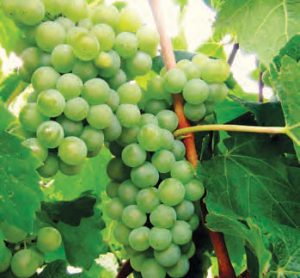
Vineyard 28 soils are Bassendean sands sitting over a limestone cap. Prior to planting, we deep ripped the planting row area, and applied compost and fertiliser. On a biannual basis, we apply compost to the under-row area of the vines. On the alternate year, we use a commercial fertiliser.
The source block of Arneis grew well and is similar in habit to the Nebbiolo in that while young, it can look quite a weedy and skinny vine. We planted a further 0.3ha of Arneis in 2008, again on own-roots. We are using a traditional VSP trellis system with extended height to cater for cane growth, in a north-south orientation. This additional height also has the advantage of allowing our bird netting to sit well above the canopy, rather than compressing it.
The vines are irrigated using conventional drip irrigation, and are provided nutrients via this system, as well as granular fertilisation.
In the early years, we cane pruned the vines to focus on establishing the vine structure. In 2011, the source block was spur pruned, while the other was still cane pruned. After the 2012 vintage, we will assess yield and quality to determine future pruning directions. The similarities between Arneis and Nebbiolo continue with relatively small trunks in the early years to support a large canopy. Arneis has a tendency, like Nebbiolo, to grow very long canes and likes to set two bunches on each. In 2010, we let the vines manage the set. Similarly, in 2011, we allowed the source block to set two bunches per cane. Bunch weights are moderate, around 130-150g. In the newer block, due to its age, we reduced its load back to one bunch per cane in 2011.
We have noted that Arneis is not as susceptible to sunburn as Nebbiolo. We try to keep a well-leafed canopy to shade the fruit, particularly on the west side of the rows for the afternoon sun.
Our first harvest of Arneis was in 2010. The grapes were hand-picked on 27 February, at 12.3°Baumé and pH3.5, with a resulting yield of 4.5 tonnes per hectare. The grapes were whole bunch pressed due to the small volume. Juice was allowed to settle, then racked and QA23 yeast added. This was allowed to ferment to dryness over a three-week period, when a small amount of fining with casein and betonite was undertaken. The wine was cold stabilised and subsequently bottled.
Making and enjoying Arneis
The 2010 vintage was released at our cellar door that October and sold out quickly. Wine writer for the West Australian, Ray Jordan, reviewed the wine in his Cellar Notes column on 28 October 2010, commenting that it was a “delightful, fragrant and fresh example of this really interesting variety”. He went on to say: “It has a nice minerally, gooseberry, nettle palate, with fine, lingering acidity.”
The 2011 vintage was picked in two separate batches, and fermented separately. Our main planting (2008) was hand-picked on 28 February, at 12.6Be and pH3.52, resulting in a yield of 3.5t/ha. The source block was handpicked on 11 March, at 12.6Be and pH3.5, with a resulting yield of 7.5t/ha. We continually monitored the Baumé and acid throughout the ripening period, and picking dates were determined by the relationship that occurs between the Baumé level and the pH of the fruit. We have noted that as the Baumé increases, the acid holds relatively steady, but towards the end of the ripening period the acid level will drop rapidly. This can occur over a space of four to five days. Hence, the need for two separate picking dates in 2011.
We use a basket press in our winery. We did a very soft press to reduce any phenolic characters in the wine. A similar fermentation program was undertaken in 2010. On completion of fermentation, the two wines were combined. An adjustment was then made to bring the wine to pH3.1. The fining program was effectively the same as in 2010, using casein and betonite. The 2011 Arneis was bottled under screwcap in June 2011, and released at the cellar door towards the end of September.
The 2011 vintage shows a greater depth of character, with an increased mouthfeel and the development of nutty characters on the palate compared with the 2010 wine. There were significant differences between 2010 and 2011 from a weather perspective: 2010 was a more traditional summer for our area with warm to hot days, but significantly cooler nights, whereas 2011 was a very hot, long summer, accompanied by hot nights. The other difference in vintages is obviously the ages of the vines.
Vineyard 28 was the first to commercially produce Arneis in Western Australia.
ARNEIS
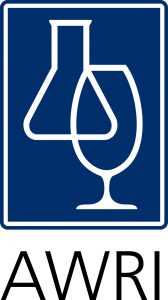
By Peter Dry, Emeritus Fellow, The Australian Wine Research Institute
Background
The main synonyms of Arneis (ah-NAY-is) are Bianchetto, Bianchetta (di Alba), Bianchetto Albese and Bianchetto di Verzuolo. Arneis comes from Piedmont in northwest Italy, particularly Roero and Langhe. There is also a small area in Sardinia. The variety can be traced back to the 15th century in the Roero. Until recently, the planted area was small, and it was used for sweet or dry wine, or blended with Nebbiolo. In the 1970s, increasing demand for white wine from the region resulted in an expanded area and production. DOC status was granted in 1989, and by 1996 there were 395 ha in the Roero area. Globally there were 1122 ha in 2010 (up 52% from 2000), close to 100% in Italy. Its name Arneis is said to mean ‘little rascal’ in local dialect, perhaps an allusion to a propensity for poor production; however, particularly low yield has not been reported in Australia where there are currently at least 52 wine producers, mainly in Vic. and SA. In 2015 there were 38 ha in Australia (16 ha in SA).
Viticulture
In Australia, Arneis bursts and ripens 1 to 3 weeks after Chardonnay. Bunches are compact, small to medium (somewhat dependent on clone) and yield is generally low to moderate. Berries are small to medium, thick skinned and green yellow with grey-gold colour when exposed. Growth habit is erect. In the Roero region it is planted on light chalky- sandy soils but a wider range of soil types is used in Australia. Climatically it seems best suited to cool to warm climatic zones in Australia. Cane pruning is used in Italy, and both spur and cane in Australia with no obvious problems with basal bud fertility. Good canopy management is required on vigorous sites. Clones CVT CN 15 and CVT CN 19 are currently available in Australia. Kober 5BB, 420A, SO4 and Rupestris du Lot rootstocks are used in Italy and various rootstocks in Australia. Most reports suggest that Arneis is sensitive to powdery mildew, botrytis bunch rot and sunburn. Arneis is reported to drop acid as it ripens beyond a certain level – perhaps about 12.5 °Be – but this is site-dependent. Typical fruit composition at harvest in the King Valley is 12-12.5 °Be; 3.2 to 3.3 pH; 5 to 7 g/L TA.
Wine
Arneis produces one of Italy’s most distinctive white wines. Wine styles vary from light bodied, dry and faintly grassy to a fuller style that shows distinctive peach and almonds, occasionally paired with light oak. It has a clean, dry finish, good structure and is generally for drinking early. Arneis is said to be susceptible to oxidation (in Italy).

